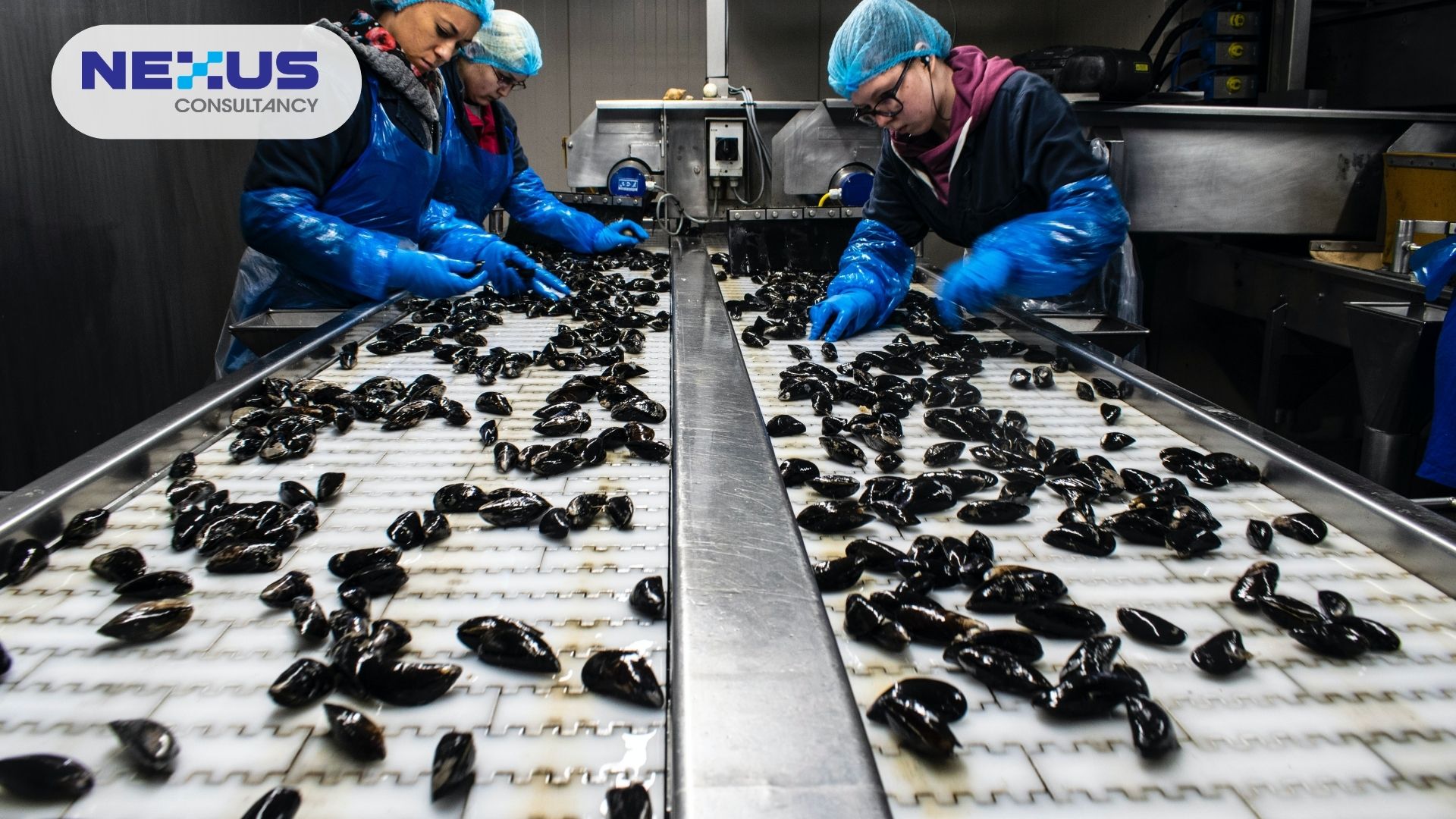
Danielle Tan
Chief Operating Officer
The ISO 14064-1 standard provides guidelines for organizations to quantify, monitor, and report greenhouse gas emissions and removals. This aims to explain the purpose and scope of ISO 14064-1, helping readers understand its importance in greenhouse gas reporting and environmental management.

In accordance with FSSC 22000 version 6 clause 2.5.8 Food Safety and Quality Culture, as part of the organization’s commitment to cultivating a positive food safety and quality culture, senior management shall establish, implement and maintain a food safety and quality culture objective(s) as part of the management system. The following elements shall be addressed as a minimum:
- Communication
- Training
- Employee feedback and engagement.
- Performance measurement of defined activities covering all sections of the organization impacting on food safety and quality.
In this article, we will explore the aspects that auditors specifically seek regarding employee feedback and engagement.
In the ever-changing landscape of the food industry, ensuring top-notch safety standards is a must. Beyond adhering to regulations, the success of a robust food safety culture hinges on the active participation and engagement of employees. Recognizing the crucial role they play, the integration of effective feedback mechanisms becomes essential. In this regard, creating a workplace that values and encourages employee feedback emerges as a key element in strengthening the core of a resilient food safety framework.
Employee feedback provides valuable insights into the day-to-day intricacies of operations that might be overlooked in routine assessments. Actively involving employees in discussions about food safety fosters a sense of responsibility, making them integral contributors to the organization’s commitment to excellence. In the face of evolving challenges and heightened consumer expectations, tapping into the collective knowledge of the workforce is not just a strategic advantage but a fundamental requirement.

Guidance of Auditing the Employee Feedback and Engagement Element
- Assess when last the organization raised a food safety or quality concern whilst interviewing the food safety team (leader) and/or personnel on the shop floor. E.g. to their defined process for internal communication regarding food safety and quality issues and use it to check if it is followed, confirm the target recipients and what feedback was received from them.
- Assess the specific food safety and quality concerns raised by personnel and how this has been managed by the food safety team and top management, including a review of documented evidence. Determine whether the organization has a confidential reporting system in place for employees to communicate these issues in a confidential manner. E.g. cheek for what platforms have been set up by the organization to ensure open lines of communication through online chatting platforms created specifically for food-related issues, anonymous tip-off email or telephone numbers for employees to use, and so on.
- Assess how personnel contribute to food safety and quality in the organization whilst interviewing personnel on the shop floor. E.g. ask personnel how they communicate suggestions, whom they speak to, and when.
- Assess whether personnel are actively involved in safeguarding food safety. E.g. taking pride in their own workspace, taking accountability for themselves and one another, and looking out for following rules set per department or area of work by observing during the audit.
- Observe whether personnel are committed and adhere to the food safety and quality expectations of the organization whilst on the shop floor, e.g. observe employees entering the facility and assess whether they have followed the correct entering procedures, including hand washing and proper wearing of PPE.
- Assess whether the FSMS documentation is designed to support employees’ food safety, and quality decisions and behaviors. E.g. check that instructions are available and clear in a simple step-by step guide/ format and check that the latest updated information is made available at the point of use.
- Assess whether personnel are included in the design and improvement of food safety and quality-related protocols and instructions. Verify that the food safety team is involved in this and whether the food safety team and top management include personnel in this process. Assess how their feedback is received and evaluated.
- Assess how protocols and instructions are validated on the shop floor.

GFSI Guiding Question
Individuals throughout an organization with an effective food safety culture should be able to answer the following questions:
- When was the last time you or someone on your team raised a food safety concern?
- How do you contribute to food safety in your organization?
- When was your last food safety training and what did you learn?
- To what level are people committed and acting in accordance with food safety expectations?
- How is your food safety performance measured?

Conclusion
In conclusion, fostering a robust food safety and quality culture, as mandated by FSSC 22000, hinges on senior management commitment. This article underscores the pivotal role of employee feedback and engagement, offering practical auditing guidance. GFSI’s guiding questions emphasize the importance of inclusive practices for a resilient and effective food safety culture.
Take the First Step Towards Excellence! Contact us today to learn more about how your organization can elevate your food safety standards and establish a culture of excellence within your organization.






